

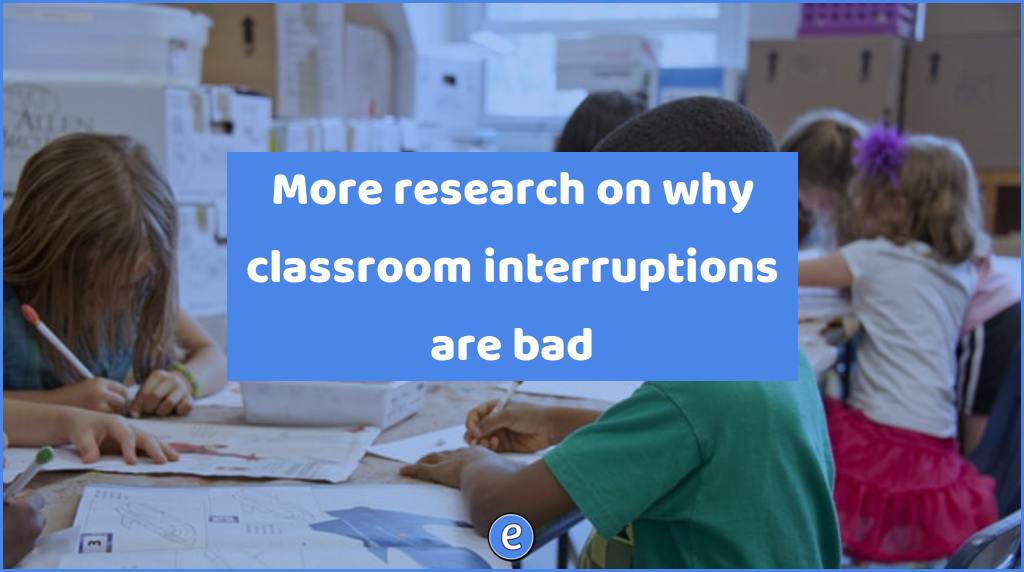
More research on why classroom interruptions are bad
We found that in schools where interruptions were more frequent, teachers were more likely to report that interruptions were detrimental to learning. In schools that averaged at least 15 interruptions per day, according to teachers’ reports on our survey, more than 59 percent of teachers reported that interruptions at least somewhat interfered with instruction. And…
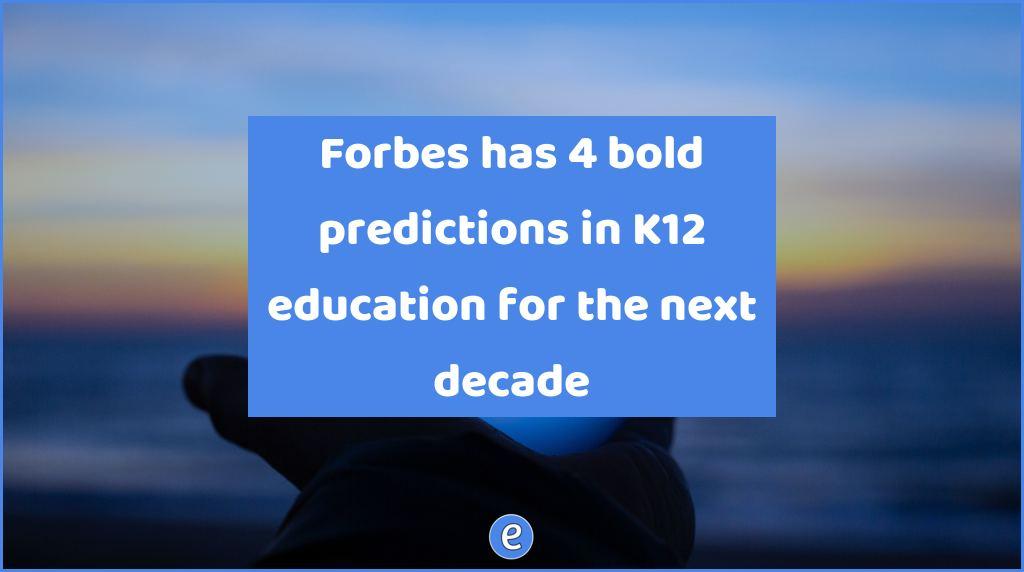
Forbes has 4 bold predictions in K12 education for the next decade
What will happen in K12 education over the next decade? These predications range from bold to practical and give hope that this could be a golden decade in the education world. Source: Four Bold Predictions In K12 Education For The Next Decade As much as I would like to think education is moving forward, a…

Eric Sheninger’s tips for managing edtech in the classroom
With all the promise that educational technology holds, several pitfalls are always on the minds of educators. The top two issues that commonly come up in my talks with educators are the technology (Internet, hardware, devices, apps) not working or off-task behavior on the part of students. While there are some serious challenges that can…
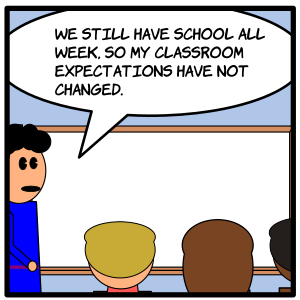
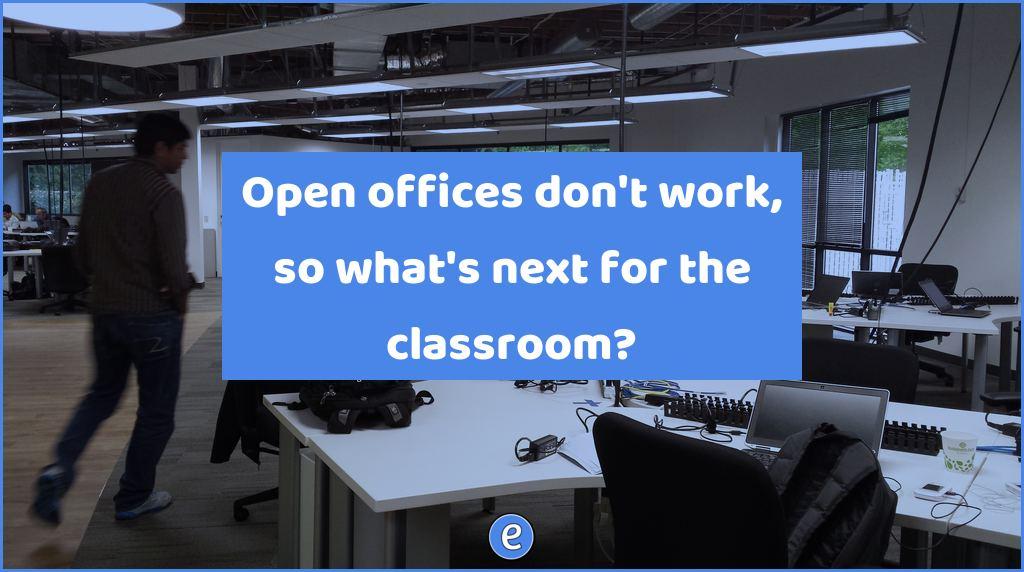
Open offices don’t work, so what’s next for the classroom?
The scourge of open offices is not a new subject for ranting. Open offices were sold to workers as a boon to collaboration — liberated from barriers, stuffed in like sardines, people would chat more and, supposedly, come up with lots of brilliant new ideas. Yet study after study has shown open offices to foster…
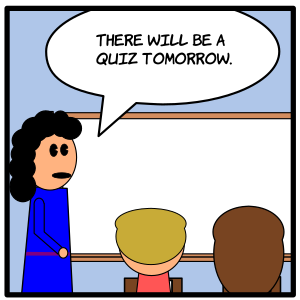

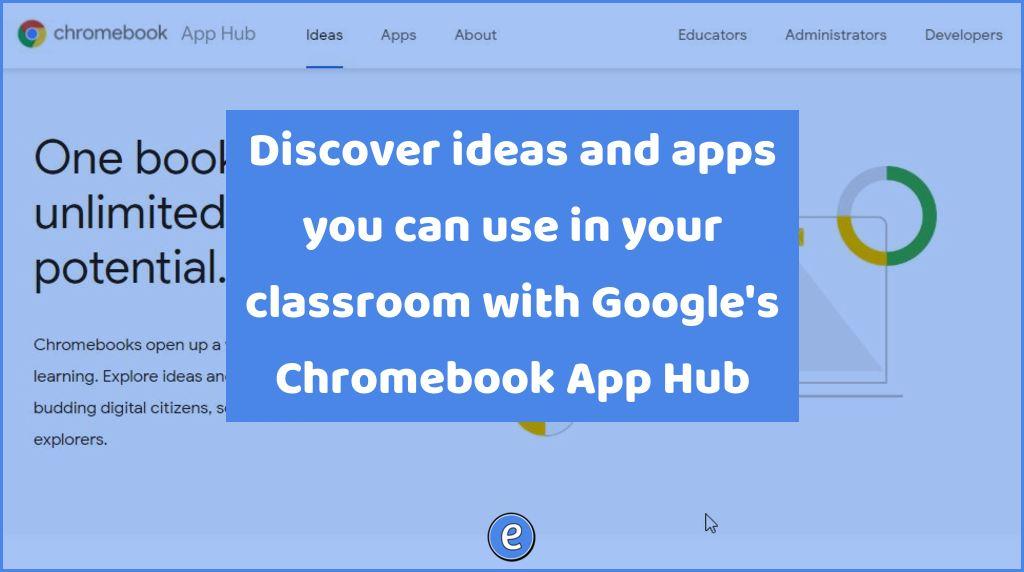
Discover ideas and apps you can use in your classroom with Google’s Chromebook App Hub
Google announced at ISTE 2019 the release of the Chromebook App Hub, a collection of web apps and ideas for teachers and students to use. Although it is called the CHROMEBOOK App Hub, most of the ideas and web apps work on any browser, so feel free to browse even if you are not a…
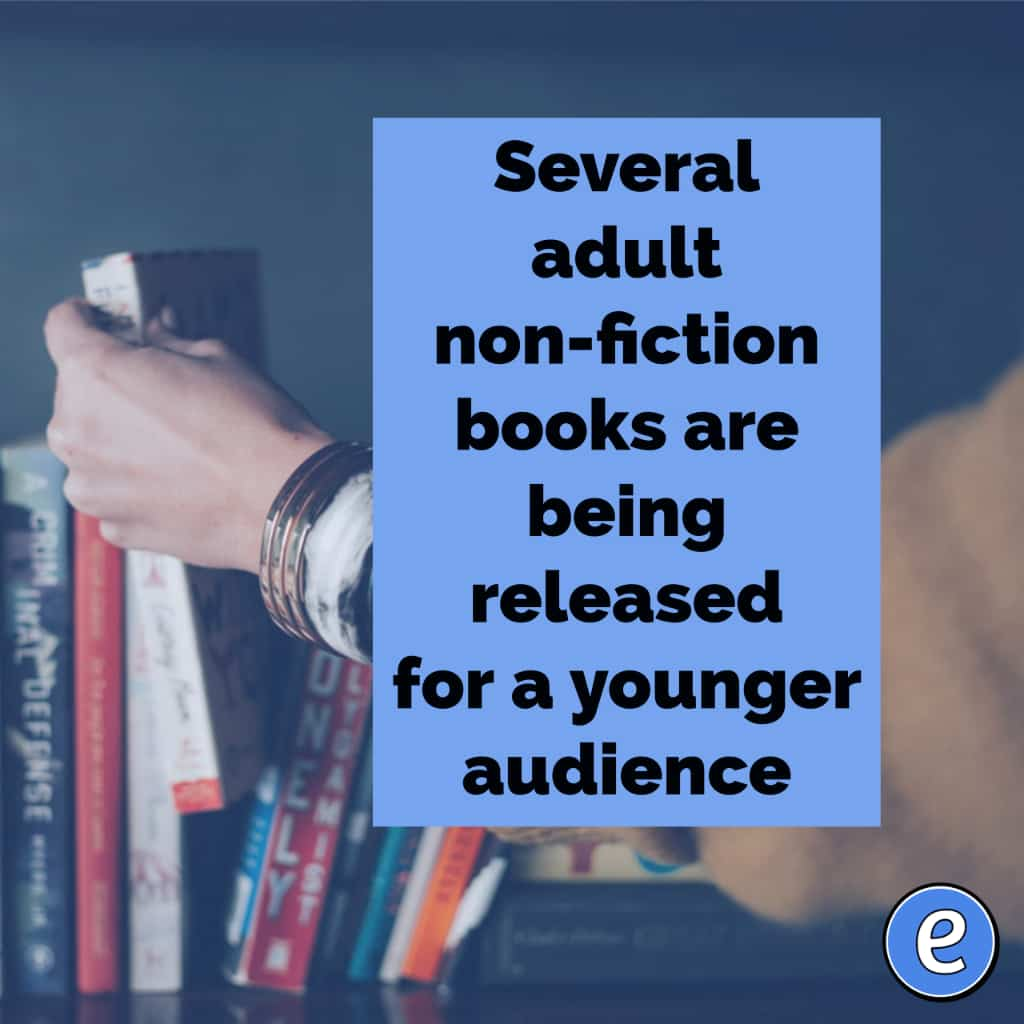
Several adult non-fiction books are being released for a younger audience
Lately I’ve been noticing that more and more authors seem to be adapting their adult nonfiction books for younger readers (typically for the middle grade set, ages 8-12). The young readers editions are shorter and often contain more illustrations, photos, graphs, and charts than their adult counterparts, distilling the story and information down into what…